
In a session at the 2024 World Conference on Lung Cancer, presenters highlight the most significant developments in local therapy for metastatic non–small cell lung cancer and advanced disease.

In a session at the 2024 World Conference on Lung Cancer, presenters highlight the most significant developments in local therapy for metastatic non–small cell lung cancer and advanced disease.

An overview of the latest developments in targeting DLL3 in lung neuroendocrine tumors were presented at the 2024 World Conference on Lung Cancer.
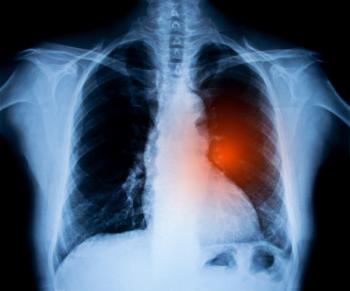
Highlights from multiple trials investigating novel treatments for mNSCLC were presented at 2024 World Conference on Lung Cancer.

Gwen Nichols, MD, discusses challenges associated with the limited access to CAR T therapy and the need to expand outpatient and community care for patients.

Mark Fendrick, MD, speaks about the importance of improving financial toxicity for patients while optimizing their outcomes.

Nick Ferreyros discusses the state and federal regulations impacting payment reform.

Presentations highlighted the potential of tarlatamab in treating solid tumor cancers.
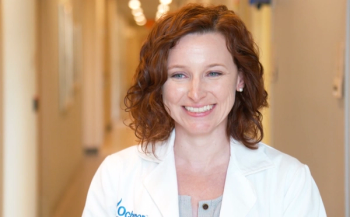
Breanne Peyton-Thomas, PharmD, BCOP, discusses her work as a pharmacist at Ochsner Health on the CAR T-cell therapy team.

Lalan Wilfong, MD, discusses the road to value-based care and payment reform in cancer care.
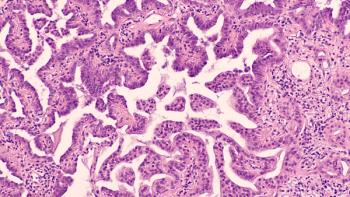
Datopotamab deruxtecan was effective in patients with TROP2-QCS biomarker-positive tumors for non–small cell lung cancer
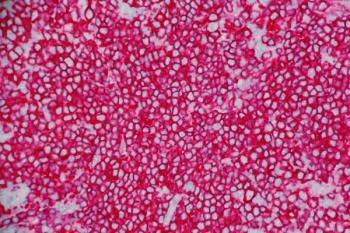
Presenter Krish Patel, MD, discusses the use of epcoritamab (Epkinly; AbbVie) and glofitamab (Columvi; Genentech) in aggressive B-cell lymphomas as monotherapies and in combination regimens.

Lazertinib with amivantamab was found to be similar in efficacy to osimertinib in the MARIPOSA study.

Experts debate over the most effective treatment pathway for Richter transformation, highlighting the risks and benefits of different cellular therapies.

The study authors suggest that annual screening for women aged 40 and older may be beneficial, but warn of the increased risk of false positive results.
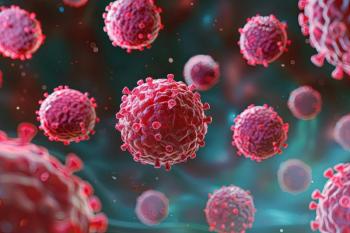
Alessandra Ferrajoli, MD, discusses the importance of renal function for BCL2 inhibitors to avoid tumor lysis syndrome and cardiovascular history for BTK inhibitors to mitigate arrhythmia risks.

The evolving treatment landscape for multiple myeloma includes debates on the timing and effectiveness of CAR T-cell therapy and quadruple immunotherapy regimens.

Reid Merryman, MD, discusses the potential for minimal residual disease (MRD) to inform treatment decisions, identify lymphoma subgroups, and infer gene expression.
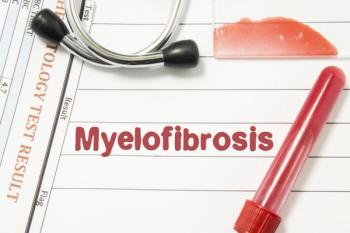
Disease-related factors include several prognostic scoring systems, such as DIPSS, whereas patient-related factors involve age, comorbidities, spleen size, and anemia.

Surprisingly, those with overweight BMI at diagnosis did not have a poor prognosis.

Stefan Barta, MD, MS, MRCPCUK, discusses the potential role of biomarkers in predicting treatment outcomes, the emerging use of CAR T-cell therapy, and the benefits and challenges of combination therapies in managing T-cell lymphoma.
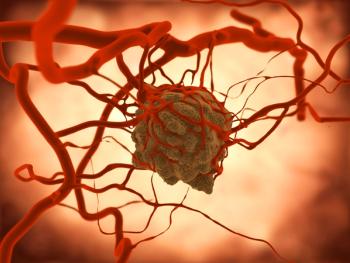
Previously, the FDA granted fast track designation to ABD-147 (Abdera Therapeutics Inc) for extensive stage small cell lung cancer.

Sonali Smith, MD, discusses T-cell–directed therapies for indolent B-cell lymphoma, focusing on their efficacy, FDA-approved treatments, and treatment challenges, such as managing cytokine release syndrome.

Rather than “trial-and-erroring” transplants for patients, experts should instead select transplants that are precise, personalized, and predictable.

OBX-115 could offer further treatment options for individuals with advanced or metastatic melanoma by enhancing persistence, antitumor activity, and clinical safety of TIL cell therapy.
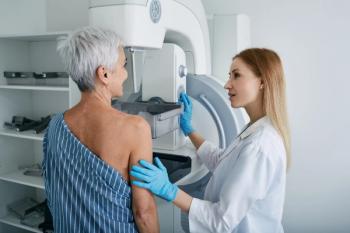
The authors stress that health care providers should explain false positive results to their patients, reassure them that results may be negative, and stress the significance of continued screenings.
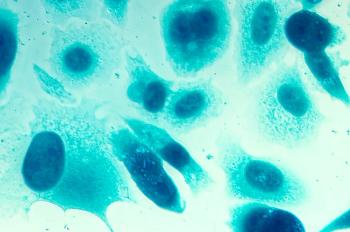
These companion diagnostics are poised to provide simpler and detailed insights into a patient’s genomic alternations, which could improve outcomes for patients with prostate cancer.

Jose Tinajero, PharmD, BCOP, discusses the results of a retrospective study evaluating patients with B-cell acute lymphoblastic leukemia.
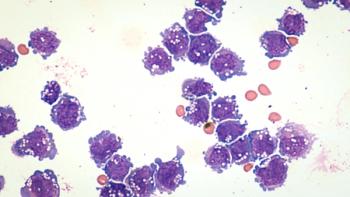
Patients with DLBCL on Medicaid had worse survival outcomes than those on commercial insurance, but there were no statistically significant differences in survival between races.

Mary McGann, PharmD, BCOP, offers insights into CAR T-cell therapy and the crucial role of pharmacists in mitigating resistance.

The risk of late-stage diagnosis was higher for Asian, Black, and Native Hawaiian or Other Pacific Islander adolescent and young adult patients with cancer.